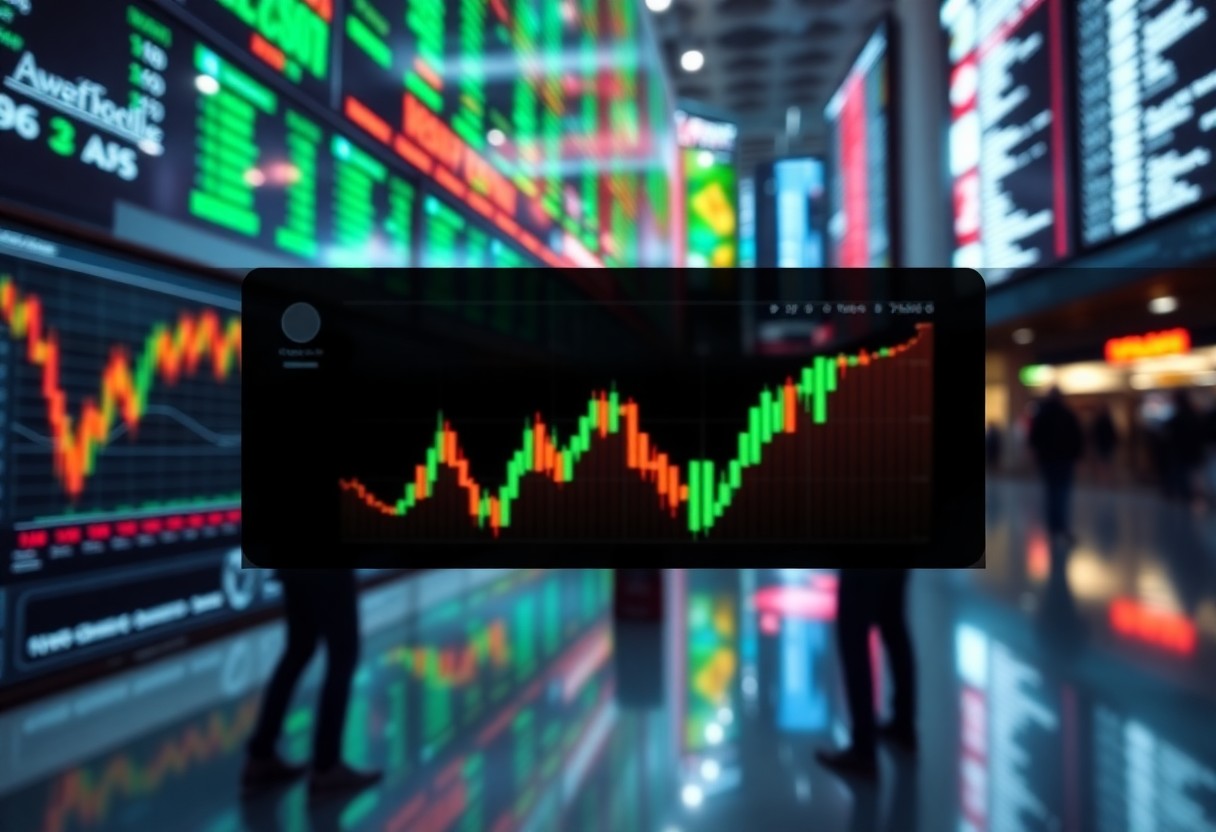Stock exchanges are the heart of the financial world, where companies raise capital and investors buy and sell shares. Understanding these exchanges and how to access them is essential for anyone looking to invest in stocks. In this article, we’ll explore the different stock exchanges and the ways to access them.
Major Stock Exchanges:
New York Stock Exchange (NYSE):
Location: New York City, USA
Overview: The NYSE is one of the world’s largest and most prestigious stock exchanges. It hosts the trading of many well-known U.S. companies.
Access: You can access the NYSE through brokerage accounts, both traditional and online, that provide access to U.S. stock markets.
Nasdaq:
Location: Various cities in the U.S., with headquarters in New York City
Overview: Nasdaq is known for its electronic trading platform and is home to many technology and internet-based companies.
Access: Nasdaq, like the NYSE, is accessible through brokerage accounts that provide access to U.S. stock markets.
London Stock Exchange (LSE):
Location: London, UK
Overview: LSE is one of the world’s oldest stock exchanges and hosts the trading of companies from various sectors.
Access: Accessing LSE is possible through international brokerage accounts, which allow investors to trade stocks listed on this exchange.
Tokyo Stock Exchange (TSE):
Location: Tokyo, Japan
Overview: TSE is the largest stock exchange in Japan and one of the most significant in Asia.
Access: Investors can access TSE through brokerage accounts that offer international trading.
Shanghai Stock Exchange (SSE):
Location: Shanghai, China
Overview: SSE is one of China’s primary stock exchanges, hosting both domestic and international listings.
Access: Accessing SSE may require opening an international brokerage account with a focus on Chinese markets.
Accessing Stock Exchanges:
Brokerage Accounts:
The most common way to access stock exchanges is through brokerage accounts. These accounts can be traditional or online and offer access to various stock markets worldwide. Choose a brokerage that suits your investment goals and provides access to the exchanges you’re interested in.
International Brokerage Accounts:
If you want to invest in foreign markets, consider opening an international brokerage account. These accounts often offer access to a broader range of global stock exchanges, allowing you to trade international stocks.
Exchange-Traded Funds (ETFs):
ETFs are investment funds that hold a diversified portfolio of stocks or other assets. Investing in ETFs can provide exposure to multiple exchanges and global markets through a single investment.
Global Depository Receipts (GDRs):
GDRs are certificates representing shares in a foreign company. They are traded on international exchanges and can be a way to indirectly invest in foreign stocks.
Stock Market Apps:
Many mobile apps offer access to stock markets, allowing you to trade stocks from the convenience of your smartphone. These apps often link to brokerage accounts.
Direct Trading:
In some cases, you may be able to trade directly on a foreign stock exchange, but this typically requires significant capital, and the process can be more complex.
Conclusion:
In conclusion, stock exchanges are the platforms where investors buy and sell shares, and they play a vital role in global financial markets. Accessing these exchanges can be achieved through brokerage accounts, international brokerage accounts, ETFs, GDRs, stock market apps, and direct trading, allowing investors to participate in markets around the world and diversify their portfolios.

